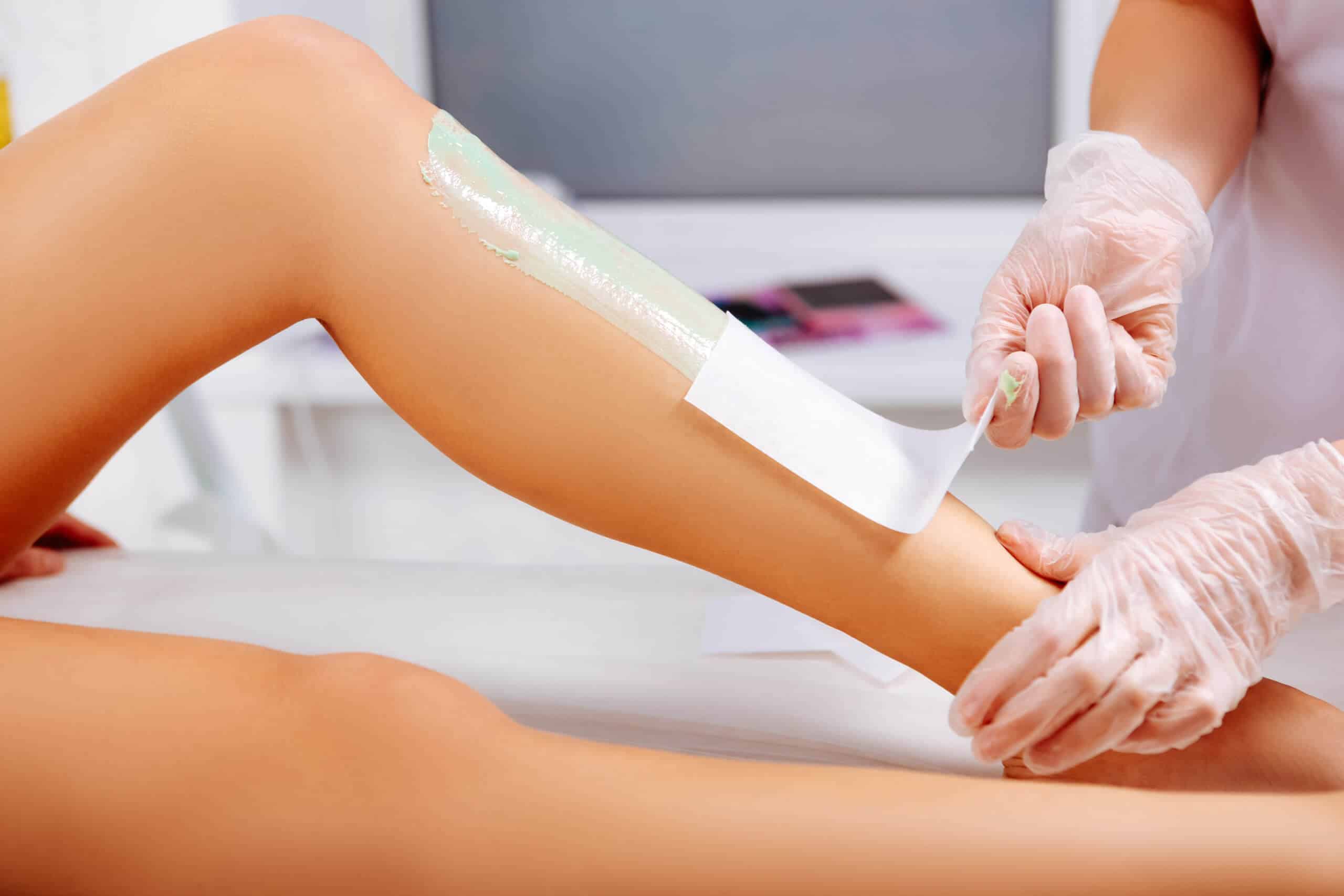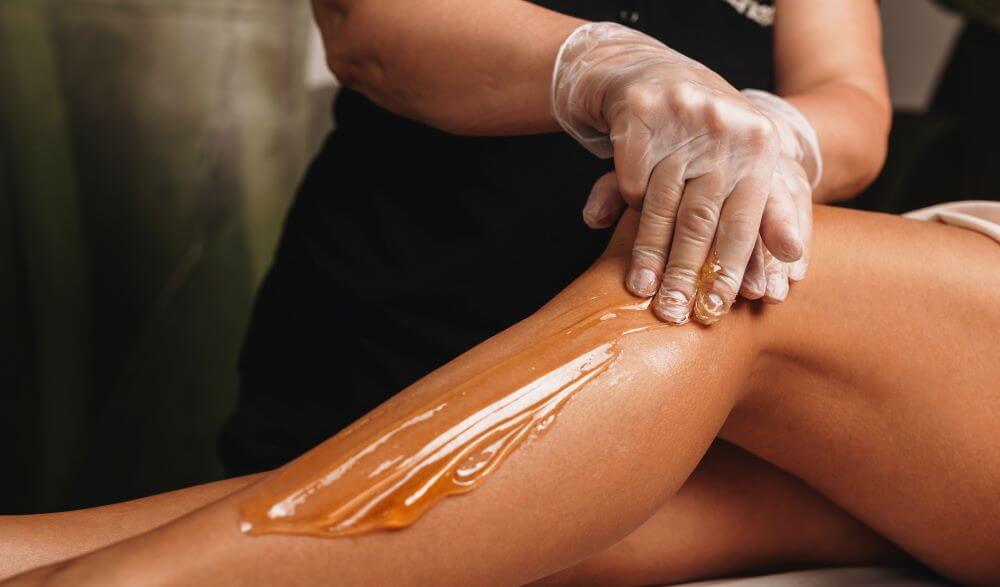LavishRe Full Body Wax: Change Your Skin
LavishRe Full Body Wax: Change Your Skin
Blog Article
Professional Shaving Services: A Comprehensive Guide to Unveiling the Benefits and Advantages of Various Shaving Techniques
In the world of specialist grooming services, the art of waxing stands as a keystone for accomplishing smooth, hair-free skin. Various waxing strategies have actually progressed with time, each flaunting unique advantages and benefits that deal with different preferences and skin kinds. From the accuracy of Brazilian waxing to the all-natural attraction of sugaring, the world of waxing offers a spectrum of choices for those seeking a hair removal option that is both effective and durable. As we explore the ins and outs of hard wax versus soft wax and explore the vital tips for post-wax care, a detailed understanding of these strategies arises, clarifying their transformative possibility.
Kinds of Waxing Strategies
Various kinds of waxing strategies are utilized by experts to properly remove undesirable hair from different components of the body. One common technique is strip shaving, where a thin layer of heated wax is used to the skin and then rapidly removed utilizing a towel or paper strip. On the various other hand, hot waxing involves using a thicker layer of wax to the skin, permitting it to cool down and solidify before being drew off without the need for a strip.
Benefits of Brazilian Shaving
One of the most popular waxing services by customers looking for a smooth and hair-free skin experience is Brazilian shaving, known for its careful hair removal technique and resilient results. Brazilian waxing deals a number of benefits that set it apart from other hair elimination methods. In addition, Brazilian waxing helps scrub the skin, eliminating dead skin cells and leaving the skin feeling soft and invigorated.
Advantages of Sugaring
Sugaring, a natural hair removal approach that goes back centuries, supplies numerous advantages over standard waxing techniques. Among the main advantages of sugaring is that it is made from all-natural ingredients such as sugar, lemon juice, and water, making it appropriate for sensitive skin types. Unlike wax, which can stick to the skin and cause inflammation, sugaring paste generally only binds to the hair, minimizing the threat of soreness and pain. Additionally, sugaring is used at body temperature, removing the opportunity of burns that can take place with hot wax.
Moreover, sugaring can cause less damage and ingrown hairs compared to waxing, as the paste is used towards hair development and removed in the contrary direction, resulting in smoother skin. This strategy also exfoliates the skin, leaving it feeling soft and revitalized. Sugaring is understood for being extra ecologically pleasant as it does not need strips or sticks for application, decreasing waste. Overall, the advantages of sugaring make it a popular option for those seeking a mild and all-natural hair elimination technique.
Comparison: Tough Wax Vs. Soft Wax
Having actually discovered the benefits of sugaring as a natural hair elimination technique, it is important to now evaluate the distinctions between difficult wax and soft wax to comprehend their hop over to these guys corresponding benefits and applications in professional waxing services.
Unlike soft wax, hard wax does not call for strips for elimination; it is peeled off directly. On the other hand, soft wax, go to website or strip wax, is used very finely and gotten rid of using towel or paper strips. Inevitably, choosing in between tough wax and soft wax depends on the customer's sensitivity, the targeted area, and the wanted outcomes in specialist shaving services.
Tips for Post-Wax Care

Final Thought
In verdict, specialist shaving solutions offer numerous techniques such as Brazilian waxing, sugaring, difficult wax, and soft wax. Each strategy has its very own benefits and advantages, offering a wide variety of choices for hair elimination. It is essential to consider the different methods and select the one that ideal matches your choices and skin kind. Additionally, proper post-wax care is necessary to maintain healthy and smooth skin after hair elimination treatments.

On the other hand, warm waxing involves applying a thicker layer of wax to the skin, allowing it to harden and cool prior to being pulled off without the demand for a strip. Unlike soft wax, difficult wax does not call for strips for removal; it is peeled off straight. Eventually, picking in between hard wax and soft wax depends on the client's level of sensitivity, the targeted location, and the preferred outcomes in specialist shaving solutions.
In verdict, specialist shaving solutions provide various strategies such as Brazilian waxing, sugaring, tough wax, and soft wax.
Report this page